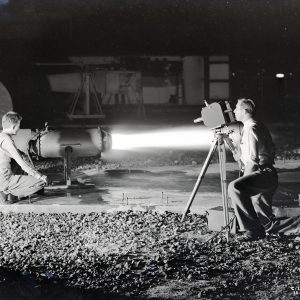
1947 Lewis Inspection
The first Inspection at the Cleveland laboratory, held in October 1947, emphasized issues pertaining to post-war development of the turbojet engine.
During the September 1948 Inspection, the NACA renamed its Cleveland laboratory in honor of the recently deceased George W. Lewis.
The NACA renamed the Cleveland laboratory as the Lewis Flight Propulsion Laboratory during the 1948 Inspection to honor of the NACA’s former director of Aeronautical Research, George W. Lewis. Lewis passed away in July. NACA research contributed to the repeated breaking of the sound barrier during the past year and the advances in second and third-generation jet engines.
The 1948 Inspection, held September 28 to 30, 1948, included eight 30-minute stops that showcased the laboratory’s turbojet work, particularly the compressor and turbine research and the thrust augmentation devices such as the afterburner and variable-area nozzle. The tour stops also featured high-energy rocket fuels, jet engine icing research, and turboprop testing. The lab unveiled the new Four Burner Area, which included two altitude test cells for engines; the new Jet Propulsion Fuels Building with its tower descending into a valley; and the 8-by 6-Foot Supersonic Wind Tunnel, which was under construction.
The laboratory presented the technical talks for employees on Friday, October 1, and held open house—without the presentations—on Sunday, October 3, for families and friends. Heavy weather on the second day of the Inspection prevented many frustrated guests from landing at Hopkins Airport.
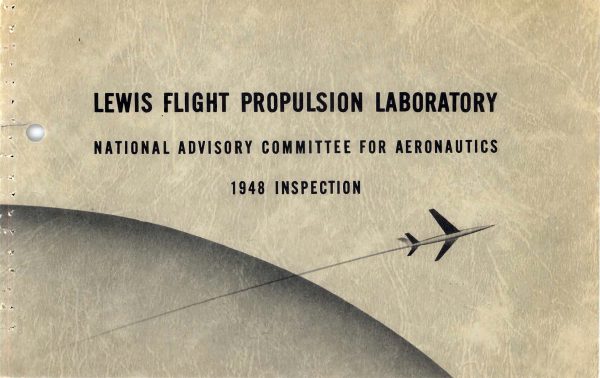

The first Inspection at the Cleveland laboratory, held in October 1947, emphasized issues pertaining to post-war development of the turbojet engine.
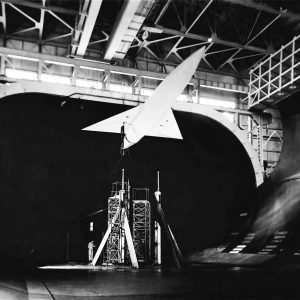
The July 1948 Inspection at the Ames Laboratory highlighted the facility’s new wind tunnels and work on heat transfer and aircraft control systems.
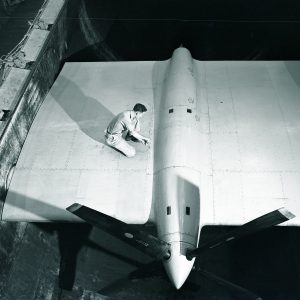
During the September 1948 Inspection, the NACA renamed its Cleveland laboratory in honor of the recently deceased George W. Lewis.
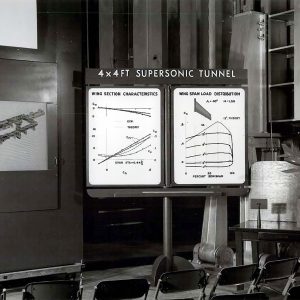
Langley’s biennial Inspection in May 1949 featured its recent work in high-speed aerodynamics, particularly in the transonic stage.
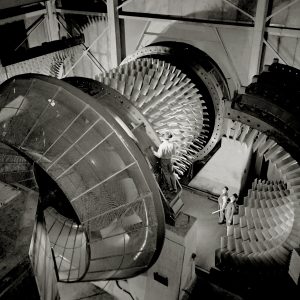
At the September 1949 Inspection, the NACA unveiled Lewis’ recently completed 8-by 6-Foot Supersonic Wind Tunnel and a new style of presenting the technical information in a more understandable manner.
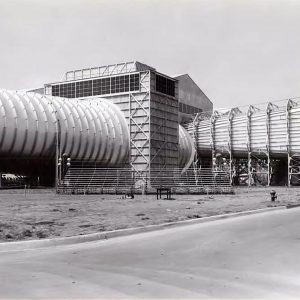
The July 1950 biennial Inspection at the Ames Laboratory’s took place shortly after the onset of the Korean War and signaled the beginning of the NACA’s transition into missile and rocket research.
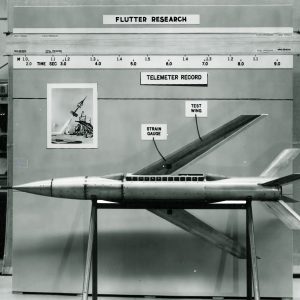
Langley’s 1951 biennial Inspection addressed tools necessary for transonic research and efforts to transition from manual data computations to mechanical and digital computers.
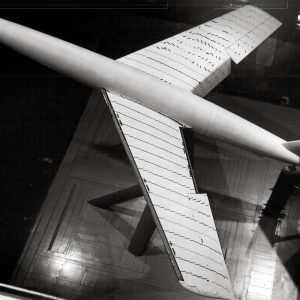
Increasing Cold War security concerns led to a reduction of technical information on display during the July 1952 Inspection at Ames.
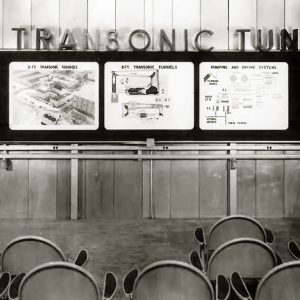
The Langley Laboratory featured its helicopter research during the biennial Inspection in May 1953.
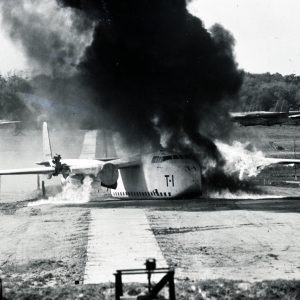
The Lewis Laboratory’s June 1954 Inspection emphasized the NACA’s role in the Cold War, while demonstrating the new Propulsion Systems Laboratory and its growing rocket research.
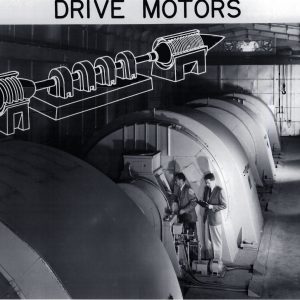
The talks at the June 1955 Inspection of the Ames Laboratory revealed that the more advanced aircraft of the future required the same type of NACA research as previous generations.
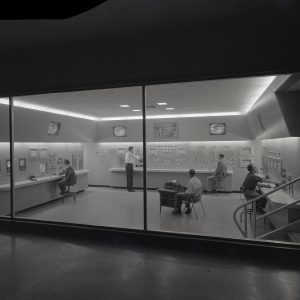
The May 1956 Inspection was dedicated entirely to the Lewis Laboratory’s new Unitary Plan Tunnel (the 10- by 10-Foot Supersonic Wind Tunnel).
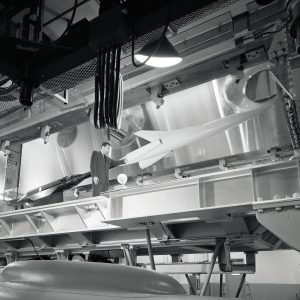
The October 1957 Inspection at the Lewis Laboratory ushered the NACA into the space age and signaled the beginning of the end for the agency.
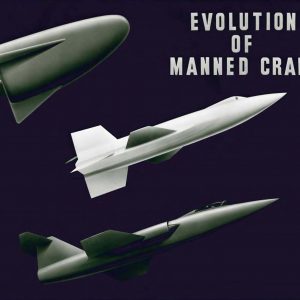
The July 1958 Inspection at Ames was both the laboratory’s final Inspection and the final Inspection of the NACA era.
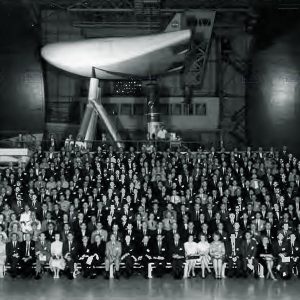
NASA’s first Inspection, held at Langley in May 1964, emphasized the role the former NACA labs were playing in the new Office of Advanced Research and Technology (OART).
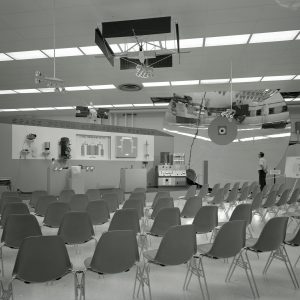
Lewis Research Center held an Inspection in October 1966 to mark its 25th anniversary and demonstrate both its space research and resurgent aeropropulsion work.
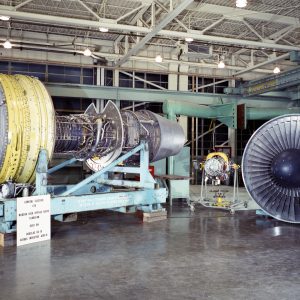
NASA’s final Inspection, held at Lewis in September 1973, sought to demonstrate a wide variety a civilian applications for NASA technology.